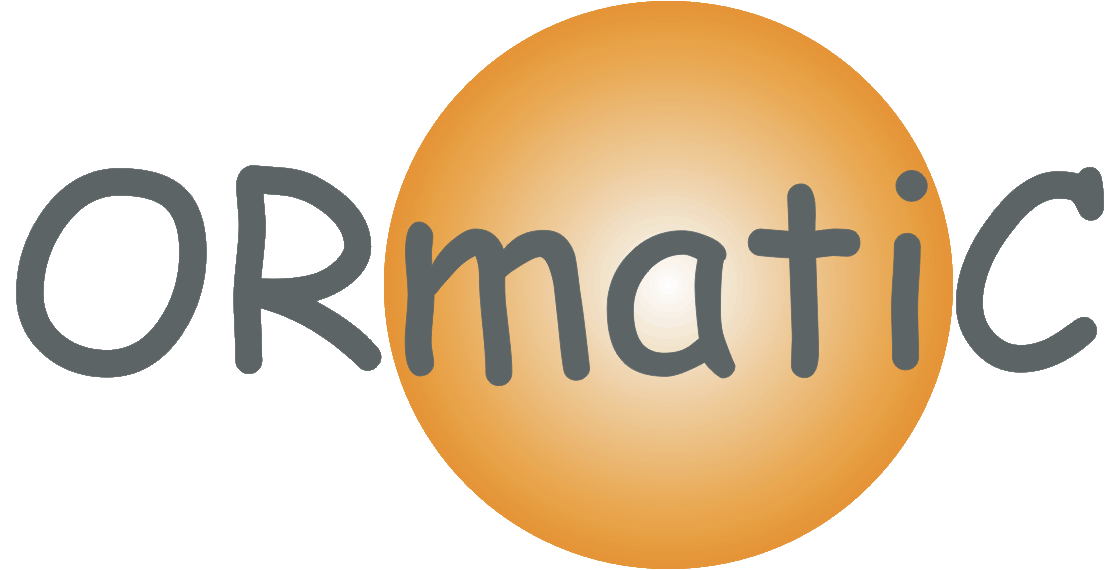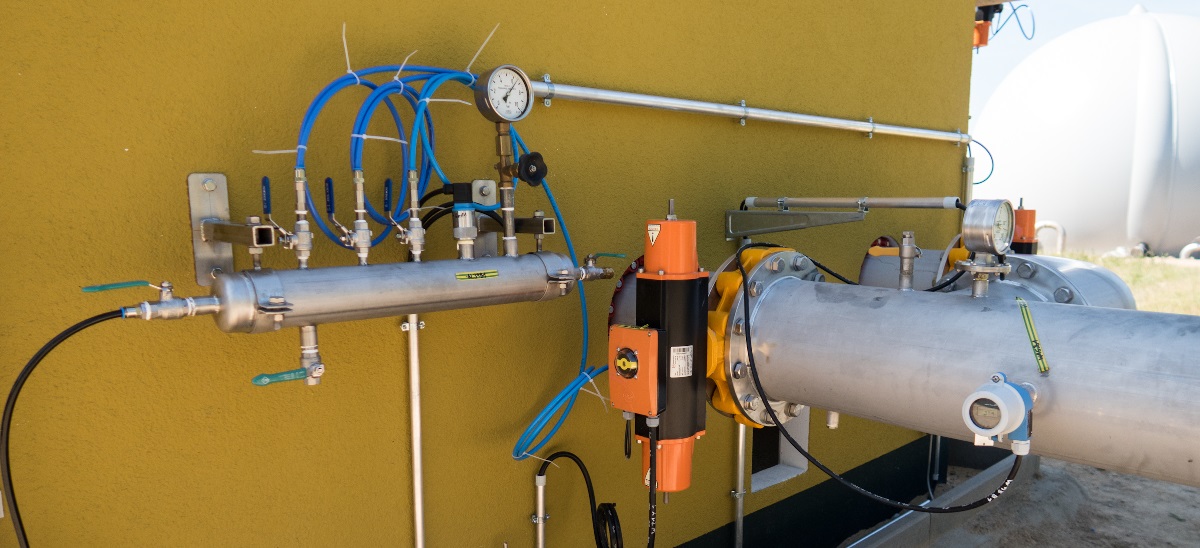Controller optimation
What is automated control?
Automated control means that a system has a feedback with information regarding the system behaviour. In this case, the system’s reaction to a manipulated variable is directly monitored and evaluated by comparing this reaction with a setpoint. The controller’s structure and the values of the controller parameters are determined by the process to be controlled. The controller systems can be differentiated based on linearity, time variance, and the static and dynamic transmission behaviour. As a rule, the literature regarding the basics of controller technology is based on linear, time-invariant systems, since these are the only systems that can be managed with relatively simple mathematics.
Our services in this area include optimization of sensor technology, actuator technology, regulator structure and regulator parameters, as well as implementation of model illustrations of various process parameters. Studies have shown an enormous potential for cost reduction especially in the optimization of regulatory production processes.


